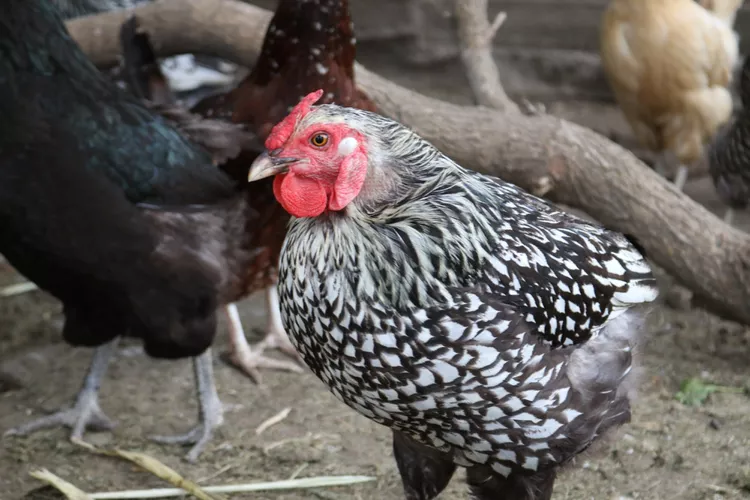Chicken: America’s Favorite Protein
Chicken remains the top protein in the U.S., with Americans consuming about 101.2 pounds per person in 2023, according to the National Chicken Council. Additionally, data from the American Egg Board shows Americans consumed 287 eggs per capita. Roughly 15% of poultry meat is exported, making the U.S. the second-largest poultry exporter globally, per the USDA.
In 2023, the combined production value of broilers, eggs, turkeys, and chicken sales reached $67.1 billion, according to USDA’s National Agricultural Statistics Service (NASS). The National Chicken Council reports that about 95% of broiler chickens are raised by around 20,000 family farms under contract with roughly 30 companies.
Poultry production spans all 50 states, with Alabama and Georgia leading in broiler production, Iowa in eggs, and Minnesota, North Carolina, and Arkansas in turkeys. Flocks range from large commercial operations to backyard and hobbyist flocks, with some birds raised for medical purposes or kept as pets and show animals.
Environmental Impact of Egg Production
The environmental impact of egg production has improved substantially. A study by Iowa State University found that the environmental footprint for one dozen eggs has decreased by up to 71% over the last 50 years, thanks to advances in crop yields, equipment, production processes, genetics, and nutrition.
Starting Your Own Poultry Farm
Considering starting a poultry farm? Here are some essential tips.
1. Poultry Nutrition
Though some turkeys are marketed as “vegetarian fed,” they are naturally omnivorous and eat insects in the wild. Like other livestock, turkeys and chickens benefit from diets formulated by nutritionists, and antibiotic use is strictly overseen by veterinarians. Hormones or steroids are illegal in poultry production.
2. Innovative Farms and Transparency
Some farms, like Hayden Farms in Kentucky, promote transparency by offering visitors a viewing room to observe chickens and learn about farm technology, with help from local agricultural associations.
3. Poultry Housing Options
Housing for commercial and backyard poultry has evolved to meet different needs:
– Conventional Systems: Common in broiler farms, these metal or mesh cages house 3 to 8 birds with water and feed systems. Layer cages have holes for egg collection.
– Backyard Coops: There are many options, from standard structures to coops with added perches, lighting, and even green roofs for cooling.
4. Feeding Options
Most commercially raised chickens receive a complete feed, which includes essential proteins, energy, vitamins, and minerals. Feed can represent up to 70% of the cost of raising chickens. Chicks start on high-protein feed, then switch to higher-energy diets as they grow. Soybeans, a popular feed ingredient, are always processed before use.
Popular Egg-Laying Breeds
When choosing egg-laying breeds, consider both personality and egg type:
– Ameraucana, Buff Cochin, Silver Laced Wyandotte: Docile and friendly, ideal for beginners, producing unique eggs.
– White Leghorn: A prolific producer of large white eggs.
– Black Copper Maran: Known for its rich, chocolate-brown eggs.
Unique and Heritage Breeds
For hobbyists or those interested in heritage breeds, there are some unique options:
– Silkie Chicken: Known for its silky plumage, Silkie chickens are affectionate, hardy, and ideal for small backyard flocks.
– Blue Slate Turkey: This rare heritage breed, also called Lavender Turkey, originated in Mexico over 2,000 years ago. Though raised for meat, it can also make a good pet and is considered endangered by the American Livestock Breeds Conservancy.



